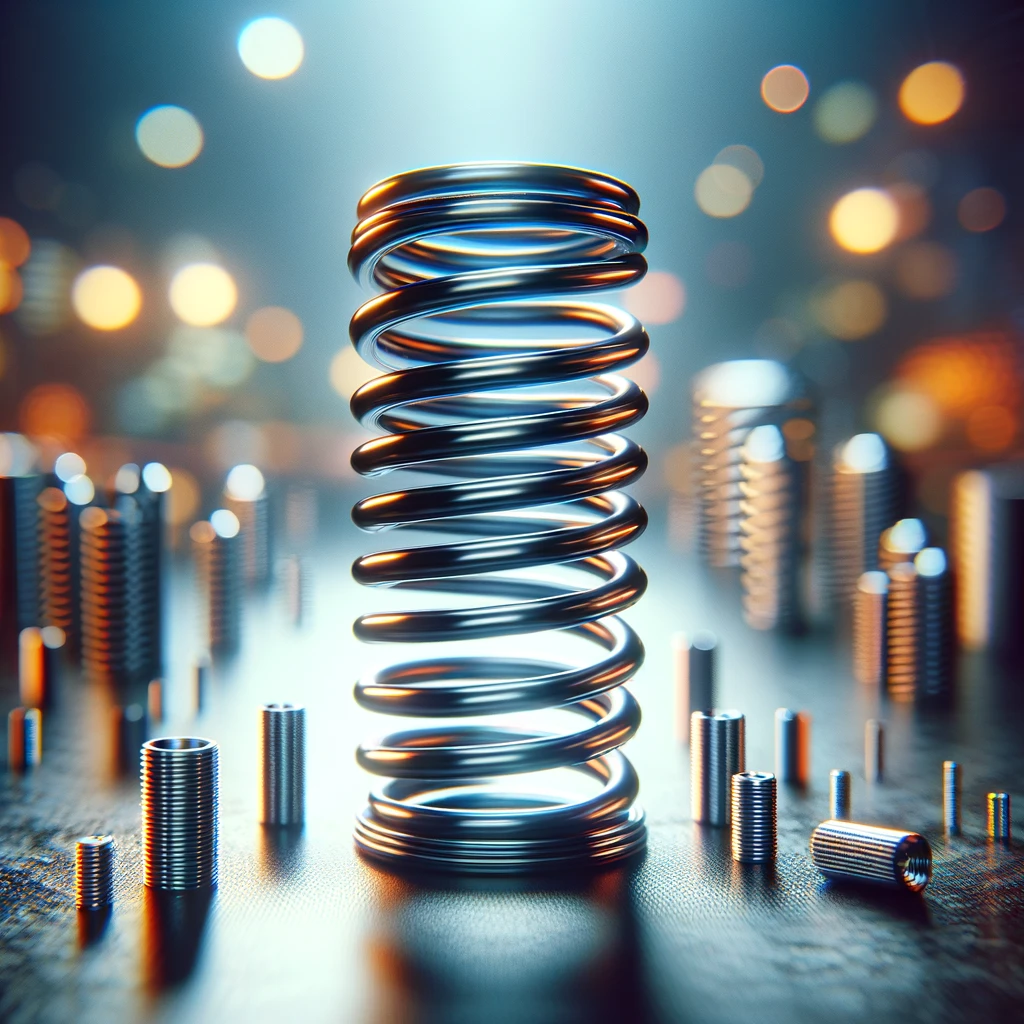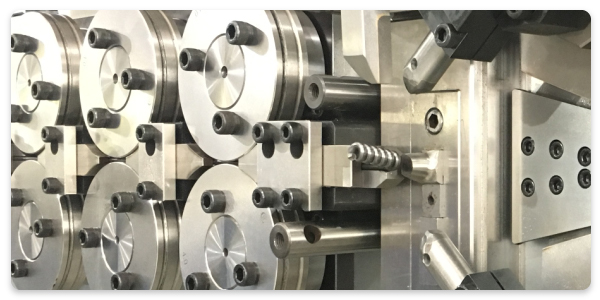Global Spring Standards and Regulations: What Manufacturers Need to Know
Global Spring Standards and Regulations: What Manufacturers Need to Know
In an increasingly interconnected global market, the role of standardized regulations and quality benchmarks in spring manufacturing cannot be overstated. For the spring manufacturing industry, adherence to international standards and regulations is not just a matter of legal compliance but a crucial factor in ensuring product quality, safety, and competitiveness. This detailed exploration provides insights into the complex landscape of global spring standards, offering case studies, addressing design challenges, and suggesting compliance strategies for manufacturers, innovators, and industry enthusiasts.
Understanding the Significance of Global Standards
Global standards such as ASTM which was formerly known as the American Society for Testing Materials is an international standards organization that develops and publishes technical standards for a wide range of materials and is prominently used in the United States of America. The DIN is a European Standard , and JIS is the Japanese Industrial Standard. They all serve as the linchpins in assuring the quality, safety, and interoperability of springs across a myriad of applications worldwide. For manufacturers, adhering to these standards is not merely a regulatory checkbox but a testament to the reliability and performance of their products. In markets as diverse as automotive, aerospace, and consumer electronics, where the failure of a single spring can have significant consequences, compliance with these standards is paramount. It underscores a commitment to excellence and builds trust with clients and consumers alike, opening doors to international markets and facilitating smooth cross-border trade.


Case Study: Navigating Automotive Industry Standards
The automotive industry, with its complex safety and performance requirements, exemplifies the rigorous landscape of standard compliance. Consider the journey of a spring manufacturer aiming to penetrate the automotive supply chain. Faced with the daunting task of complying with IATF 16949 and ASTM material standards, the manufacturer invested in state-of-the-art quality management systems and cutting-edge CNC manufacturing technologies. This case study highlights how the manufacturer not only met the stringent standards but also exceeded them, leading to enhanced product offerings and securing lucrative contracts with leading automotive OEMs. Their success story illustrates the tangible benefits of compliance, including improved product quality, operational efficiency, and market competitiveness.


Design Challenges in Meeting Regulatory Standards
Material Selection
Choosing the right material for springs is a critical decision point that significantly impacts compliance and performance. For instance, in applications requiring high corrosion resistance, such as marine or chemical processing equipment, stainless steel AISI 316 ASTM A 313 might be mandated by specific standards. This selection process involves a delicate balance between the material properties needed for the application and the compliance requirements of the target market. Manufacturers must navigate this landscape carefully, often relying on advanced spring material science and engineering insights to make informed decisions that align with both technical and regulatory demands.
Manufacturing Processes
The manufacturing process chosen for springs can also affect their compliance with global standards. For example, SAE is an Aerospace quality standard that requires springs manufactured through processes that are certified under aerospace material specifications, which include stringent controls on process variables to ensure the highest levels of reliability and safety. This necessitates a deep understanding of both the technical aspects of spring manufacturing and the regulatory environment, challenging manufacturers to continuously innovate and adapt their processes to meet these exacting standards.


Navigating the Maze of International Regulations
The challenge of international compliance is compounded by the diversity of regional regulations, such as the EU's REACH and RoHS directives. These regulations, which focus on the environmental and health impacts of substances used in manufacturing, can vary significantly from one jurisdiction to another, creating a complex landscape for manufacturers to navigate. Developing a global compliance strategy, therefore, involves not just understanding these regulations but also implementing robust quality systems like ISO 9001:2015 for monitoring, documentation, and training to ensure ongoing compliance. This proactive approach is essential for manufacturers aiming to compete in the global marketplace, where regulatory compliance is a key differentiator.
The Path Forward: Challenges and Opportunities
Looking ahead, the spring manufacturing industry faces both challenges and opportunities as global standards and regulations continue to evolve. Challenges such as adapting to new materials and technologies, meeting increasing environmental and sustainability standards, and navigating the complex web of international regulations will require manufacturers to be agile and innovative. However, these challenges also present opportunities for growth and differentiation, particularly for those manufacturers who can lead the way in sustainability, technological innovation, and global compliance.
Conclusion
The global landscape of spring manufacturing is marked by an intricate web of standards and regulations designed to ensure product quality, safety, and environmental sustainability. For manufacturers, navigating this landscape requires a deep understanding of the standards, a commitment to technological innovation, and a proactive approach to compliance. Those who embrace these challenges and opportunities can not only ensure their place in the global market but also drive forward the industry as a whole, setting new benchmarks for excellence and sustainability.





